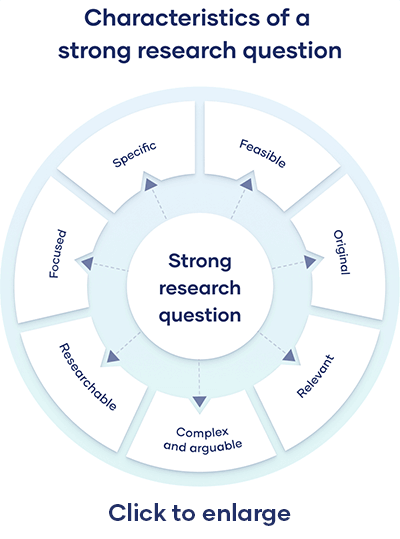What is a research project?
A research project is an academic, scientific, or professional undertaking to answer a research question. Research projects can take many forms, such as qualitative or quantitative, descriptive, longitudinal, experimental, or correlational. What kind of research approach you choose will depend on your topic.



